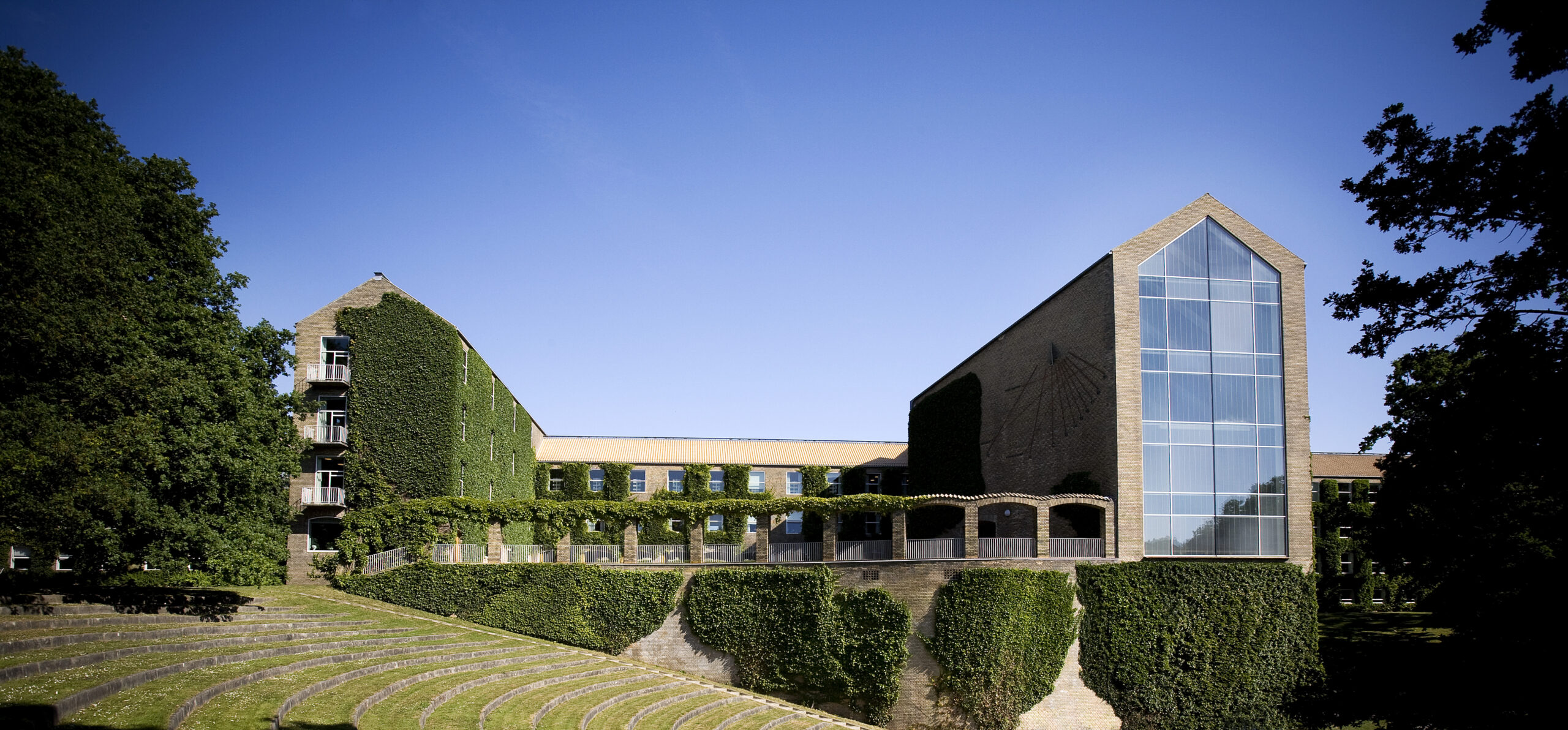EAHN conferences
news from the field
Find out what’s happening in the world of architectural history – including conferences, exhibitions, seminars, employment and news about recent publications. We welcome contributions. Please send items to be posted here to news@eahn.org
Lecturer, Ph.D. Position/Assistantship, and Postdoctoral Fellowship in Urban Studies
Urban Studies at the University of Basel is rooted in disciplinary approaches of architecture, geography, anthropology, social and political theory, and history, and oriented towards global Southern and postcolonial questions. With a regional focus on Africa, Europe,...
A Question of Time. In Search of Temporal Strategies for an Architecture of Transition
Rethinking our disciplines in terms of time and not just space is a challenge that concerns all scales (buildings, cities, landscapes, territories). The magnitude of the challenge calls for openness to other disciplines: history, the arts, philosophy, economics, literature, sociology, and anthropology. Given the scale of the problem, don’t we need to look at things from different angles, and fundamentally reconsider the way in which time shapes space?
Latrobe Chapter Symposium: The Architecture of Food
Fourteenth Biennial Symposium COHOSTED BY THE LATROBE CHAPTER SAH & D.C. PRESERVATION LEAGUE
Governing and Building the City (1200-1600): Mirrors-for-Magistrates as a lieu for theoretical reflection on architecture
Your main assignment will be to participate in the research project, carrying out a PhD thesis within the field of history, theory and criticism of architecture under the supervision of the PI, prof. Nele De Raedt.
On the Traces of Misery
“Miserabilia” investigates spaces and spectres of misery in the imagination and reality of the contemporary Italian urban context. The main objective is the definition of tools for the recognition and investigation of the tangible and intangible manifestations of misery and the development of methods and languages to narrate and design it.
AFTER OIL: A Comparative Analysis of Oil Heritage, Urban Transformations, and Resilience Paradigms
This edited volume aims to explore the multifaceted impacts of the transition from oil-driven economies and landscapes to post-oil paradigms, focusing on urban transformations, resilience strategies, and the preservation and reinterpretation of oil heritage.


